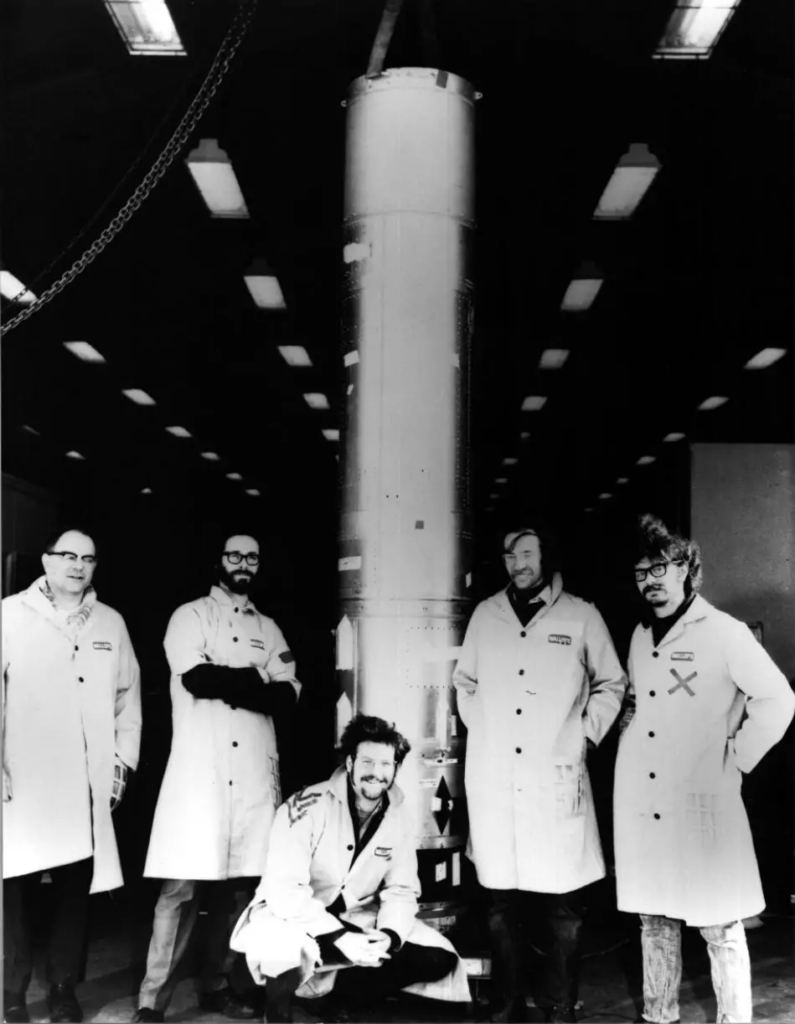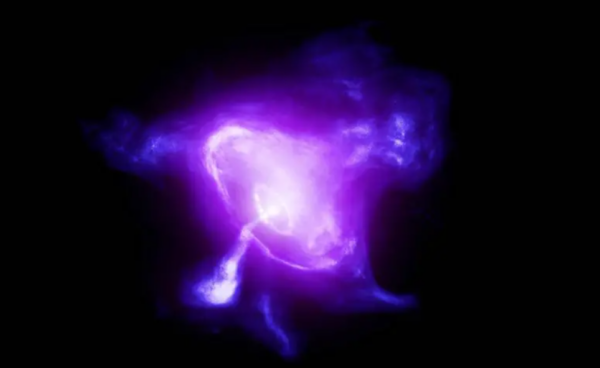NASA’s IXPE mapped the Crab Nebula’s magnetic field, showing its intricate structure and turbulence and correcting its polarization. X-rays may originate in the outer magnetic field zone, or “wind.”
Wallops Island, Virginia, launched a sounding rocket with instruments aiming for the Crab Nebula, a brilliant cosmic object 6,500 light-years distant, on February 22, 1971. Before retrieving tapes from the experiment, scientists received scientific data on a strip chart recorder, which recorded signals on paper. On launch day, astronomer Martin Weisskopf and his colleagues measured signal distances with rulers and pencils.
Science is lovely and exciting because, for those few minutes, you’re witnessing something no one has seen before.”
Decades later, Weisskopf suggested an Earth-orbiting spacecraft with sophisticated equipment to acquire more comprehensive observations of the Crab Nebula and other intriguing cosmic phenomena. On December 9, 2021, NASA launched the Imaging X-ray Polarimetry Explorer (IXPE).

After 50 years, scientists have utilized IXPE to map the Crab Nebula’s magnetic field, exposing its inner workings. The Nature Astronomy findings address longstanding uncertainties regarding the well-studied Crab Nebula and provide new issues for future research.
IXPE measurements suggest that the Crab Nebula’s magnetic field is donut-shaped like the Vela Pulsar Wind Nebula. In the Crab, magnetic field turbulence was uneven and asymmetrical, surprising scientists.
“This is a strong indicator that even the most complicated models established in the past, with the use of modern computational techniques, do not adequately convey the complexity of this object,” said Niccolò Bucciantini, research lead author and astronomer at the INAF Arcetri Observatory in Florence, Italy.
Astronomers love studying the Crab Nebula, which was created by a 1054 supernova. The explosion created the Crab Pulsar, a dense object the size of Huntsville, Alabama or Manhattan but with the mass of two Suns. Pulsar wind nebulas are chaotic mixtures of gases, shock waves, magnetic fields, and high-energy light and particles from rotating pulsars. Extreme circumstances create a strange, unexplored habitat.

Weisskopf and colleagues measured X-ray polarization from the brilliant Crab Nebula to better comprehend this harsh environment. Scientists use X-ray polarization to determine a cosmic object’s magnetic field direction and order. The magnetic field geometry and turbulence propel particles toward the speed of light.
The 1971-sounding rocket experiment made the first X-ray polarization observations in five minutes.
In 1975, OSO-8 detected the Crab Nebula’s X-ray polarization. The rocket and satellite found that the Crab Nebula has a 20% polarization.

Weisskopf expanded his Crab Nebula research as project scientist of NASA’s 1999 Chandra X-Ray Observatory. “We acquired magnificent photographs of the nebula and pulsar, and we could see the jets and other structures,” he added of Chandra. Chandra’s X-ray imagery showed wisp-like objects moving in the nebula and helped scientists grasp the pulsar’s energy and X-ray emissions.
To study this intriguing supernova relic, most recent big telescopes have pointed to the Crab Nebula. Polarization—a measure of electromagnetic field organization—can only be studied in Crab X-rays using IXPE.
The Crab is a well-studied high-energy astrophysics phenomenon. Therefore it is incredibly interesting that we may learn something new about this system by viewing via IXPE’s “polarized glasses,” said Michela Negro, a research scientist at NASA Goddard Space Flight Center associated with the University of Maryland, Baltimore and co-author of the paper.
IXPE discovered same average polarization across the nebula as Weisskopf and colleagues did in the 1970s. IXPE used more advanced tools to refine the angle of polarization and investigate the object’s polarization differences. The outer nebula, light-years from the pulsar, has high polarization.
Scientists might study X-rays from the Crab Nebula, the pulsar, and its magnetic field. The “wind” area, where such X-rays originate, is yet unknown. Shocks from the pulsar’s “wind” drive particles near light speed in the magnetic field.
“I’m really pleased of everybody connected with IXPE,” said Weisskopf, the mission’s initial lead investigator. “It works as advertised.” Weisskopf adds, “It’s like somebody said to me, ‘Martin, you did good.’”
IXPE mission:
NASA’s Small Explorer mission IXPE launched on a Falcon 9 rocket from Kennedy Space Center in December 2021. It circles Earth 370 miles (595 kilometers) above the equator. NASA and the Italian Space Agency collaborate with science colleagues in 13 nations on the project. Broomfield-based Ball Aerospace operates spacecraft.

